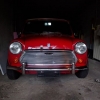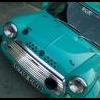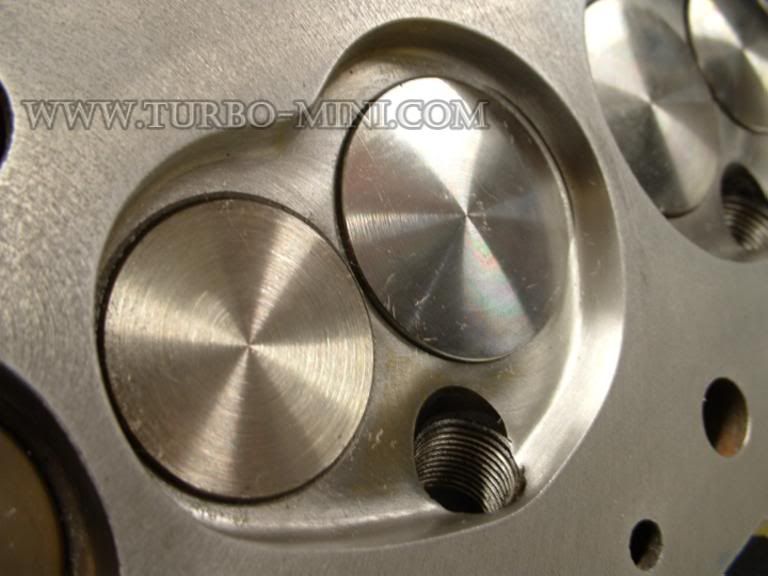Working With A Cam4810 Head
#1

Posted 15 December 2019 - 01:58 PM
#2

Posted 15 December 2019 - 02:01 PM
Hi Try Keith Calver https://www.calverst.com/ excellent knowledge
#3

Posted 15 December 2019 - 09:13 PM
With the price of all good upgrade heads going through the roof and my luck at getting ones that have been buggered I have decided to look into using my existing cam4810 head on my 998. Does anyone know of a place or someone that is experienced with porting them? They are so cheap I may give it a go myself. If I screw up I can just buy another for £20.
im doing the same atm. working on a 12g202 and a standard 998 head. Only using the forums, some posts from russell engineering and the yellow bible from david vizard. So far its been going well, only cost me 10-20€ as i had most tools lying around. just needed some sanding paper and a few grinding stones.
Some will say send it to a pro but that costs alot and you dont learn anything. if youve got the time and want to learn something new id definitely recommed giving it a go ;)
#4

Posted 15 December 2019 - 09:36 PM
Which tools have you had the most success with? I have nothing for steel so any tips would be great to save me agro.
#5

Posted 15 December 2019 - 10:21 PM
You’ll also need access to a press in order to remove and install valve guides, valve seat cutting equipment, a mill to skim the face and a burette to measure chamber volumes.
Phil.
#7

Posted 15 December 2019 - 11:30 PM
I am just going to start with gasket matching, ports and work on the chambers a bit.
#8

Posted 16 December 2019 - 08:22 AM
Yes, I saw your thread which got me thinking about it again. I've done porting before but only on aluminum intakes and some gasket matching on heads, nothing crazy.
Which tools have you had the most success with? I have nothing for steel so any tips would be great to save me agro.
well ill try to go through what works well for me and what I have used:
-Die grinder up to 25,000 rpm. Can take 3,6 and 8mm shafts.
-I had 2 carbide burrs - one round ball, one egg shaped. Not currently using them as they got caught and wobbled the hell outa me. Kinda scared to be honest so Id rather not use them...
-An assortment of stone cutters. The best I found was the ball shaped one. I have 2. One is the original 25mm dia, and the other was ground down to fit into the exhaust bowl! What I did was use the carbide burr on a drill, the stone on the diegrinder and shaped away to get a good fit into the exhaust bowl.
Also have a few cylinder shaped stones that are fairly long and thin. I shaped the end of them as with the round stones to get deep into the bowl as the 998 heads are really small and hard to work into... The extra length of those stones helps and by shaping the ends I can get into the spots that the balls didnt!
-Lastly and I think something that helps really well is a 6mm stainless rod I had lying around. I used an angle grinder and cut a slot approx 2cm deep through the middle basically splitting it through the center. I then take a 60grit paper from a belt sander, cut it into strips and stick the end into the slot, then wrapped around the shaft at the end to create a sanding flap disc type of thing. With this tool Ive been removing the bumps left over from my grinding. Works really really well and cost me 3€ for the belts. Sanding flap discs cost that amount usually for 1!!! and Im still only down 1 belt - got 3 more left over for the intakes
If I could spend endless amount of money/port for money, id definitely get a long shaft carbide burr for the first rough work, then use a stone to smooth and the flapped stick for the finish. Short shafted burrs get dangerous when you pin the cutter to the floor and the shaft to the opposite wall causing you to pinch the tool and lose control of your tool. Sanding discs, stones etc arent that aggressive and dont cause your tool to go crazy if you manage to pinch it in the bowl. - I hope this is understandable.
Also, in order to remove the valve seats - an m5 bolt and a nut work wonders.
Screw the nut up 50% of the bolt so that there is enough in the valve guide - preferably all the way in, and enough sticking out of the chamber. Then, wack with a hammer.... Really simple. Takes a few good hits but it comes out nicely. Make sure the bolt and nut are smaller than the outside diameter of the valve guide but large enough to have a good fitting on the valve guide face for enough contact area!
#9

Posted 17 December 2019 - 01:19 PM
Ac
Edited by ACDodd, 17 December 2019 - 01:22 PM.
1 user(s) are reading this topic
0 members, 1 guests, 0 anonymous users


















